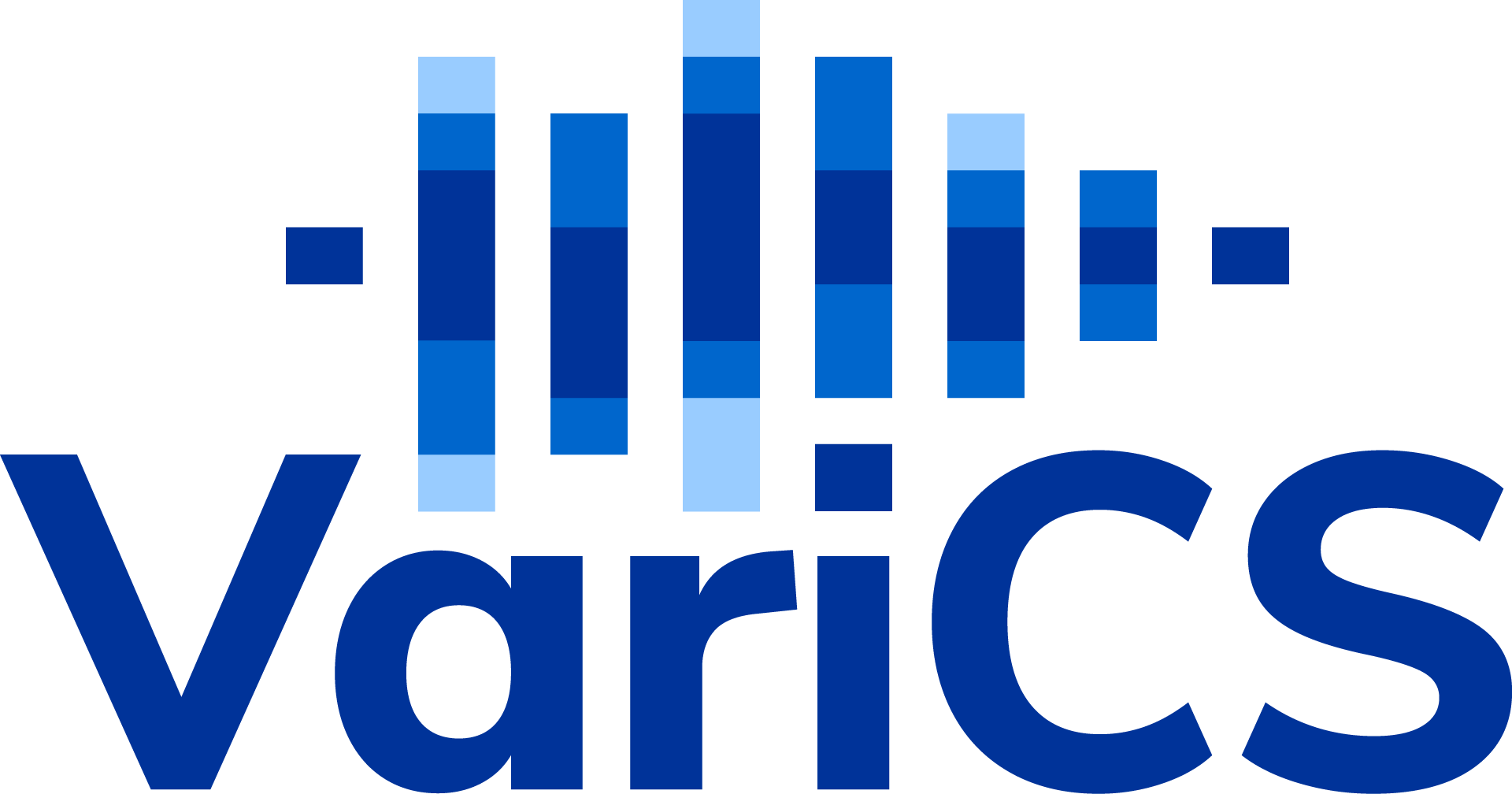Welcome to the captivating world of data collection in schools! Here’s a wee guide to collecting speech data in the field from our own experience.
When planning our data collection, we asked schools for a room to use and despite the challenge of limited space, schools often managed to assign us a designated room. Interestingly, they often had an extra room available, be it a vacant office or an unoccupied classroom, that they would let us use when we asked on the day. This allowed us to complete the data collection twice as fast. As expected, schools were never completely silent and there was usually a bit of background noise, but nothing overly distracting. Our testing sessions typically commenced at 9 am and extended until 3 pm, covering a significant portion of the school day. Occasionally, we encountered slightly sleepier children in the mornings whom we would speak to for a while before testing to make sure they were paying attention and would offer a few more breaks if needed. We found the school’s scheduled breaks – usually at around 10 with lunch at 12ish – to be disruptive in the beginning but quickly got into the habit of scheduling our testing around them. When we had some time before a break, we would often begin to test a child and then continue to test them after the break. It’s a good idea to be realistic about the time required for your data collection and plan out how many children you can test in a day.
One of our personal challenges was finding the balance of enthusiasm when interacting with the children. Some children were naturally reserved, requiring a gentle approach to avoid overwhelming them. Others craved engagement and interaction, seeking a lively connection. All children were offered a sticker reward at the end of the testing session. Some children were easily distracted and needed gentle encouragement to refocus on the task. For these children, we offered stickers between tasks serving as small motivators along the way, with another sticker reward for all children at the end of testing. When testing children with ADHD or Autism, we allowed them to bring and play with a toy such as Rubik’s cube during the assessments to create a comfortable environment for them.
One of the best parts of data collection was unintentional humour which often shone through during our testing sessions. For instance, as part of our session, we used the DEAP screening tool, which requires children to name pictures on the card. One of the pictures shows a boy handing a bunch of flowers to a girl. For this picture, some children needed prompting, and in order to elicit the target word ‘thank you’ we would ask the child “What would you say if someone gave you a bunch of flowers?”. Asking this question resulted in several funny responses including “Would you marry me?” or “Would you like to go on a date with me?”. Their great answers added an extra layer of joy to the process.
These are our experiences of collecting speech data in schools to date. Working with children can be challenging so being prepared is important but so is enjoying the work with such fun participants.
